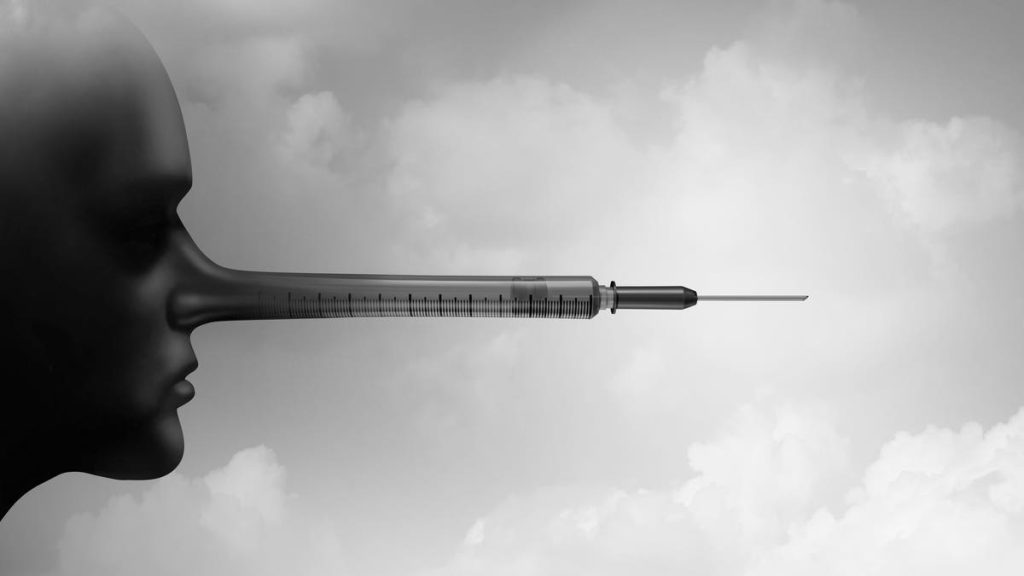Magicians know the key to a convincing trick is misdirection.
They instruct you to follow the left hand so that you’ll ignore the right, which is subtly palming a ball or pulling an ace from the sleeve. The art of the illusion hinges on the magician’s ability to divert attention from where the real action is happening. And, therefore, every illusion has a truth that’s hidden from view.
The U.S. biopharmaceutical industry has used a similar approach in response to increased scrutiny from congress, the Biden administration and health policy experts.
Here are three illusions drug companies have crafted to maintain massive profitability—and to keep Americans distracted from important truths about pharma pricing, innovation and regulation:
Illusion No. 1: A Death-Defying Feat
Drug research and development (R&D) has, for decades, gifted humanity with medical wonders: antibiotics, statins, cancer therapies, HIV/AIDS treatments and Covid-19 vaccines to name just some.
We’re indebted to the scientists and researchers who’ve dedicated their lives to achieving these breakthroughs. Their work is no illusion.
In the 21st century, however, innovation seems secondary to profitability. Drug companies have embraced exorbitant pricing as a primary business strategy, generating more than $81.9 billion in profits among the five largest pharma companies alone.
To combat runaway prices, Congress signed the Inflation Reduction Act last year, allowing the U.S. government to negotiate rates for a limited number of expensive medications starting in 2026. Researchers estimate the drug-pricing provisions in the law will reduce the federal deficit by $237 billion over 10 years.
The pharmaceutical sector immediately filed a bevy of lawsuits, creating the illusion that reduced drug-industry profits would destroy R&D innovation and harm millions of patients.
The Hidden Truth
Hidden in this illusion are three facts that drug companies don’t want Americans to see. Combined, they tell a different story about pharma research and development.
First, an overwhelming percentage of drug prices get channeled into corporate profits, not R&D.
Over the past 18 years, biopharma companies have earned an average gross profit margin of 77%— 39% higher than the rest of the S&P 500. Driving profitability were 20% annual price increases for drugs between 2008 and 2021. By contrast, overall inflation rates for that same period ranged from 0.2% to 6.7%.
Second, research concludes the impact of price constraints on drug discovery would be minimal.
In fact, The Congressional Budget Office estimates that reducing the pharmaceutical revenues would result in one less drug over the next decade and a total of 1% fewer medications over the next 30 years.
The third and most pernicious part of the illusion is getting people to ignore how many Americans today are already harmed—not by a lack of research and development but by the unaffordability of life-essential medications.
One example is insulin prices, which have tripled over the past decade. As a result, researchers from Yale found 25% of children with type 1 diabetes are given lower doses by their parents than their physicians recommend.
Today, nearly 1 in 4 Americans on prescription drugs report difficulty affording their medications. This is the hidden truth: exorbitant Rx prices kill far more Americans than the supposed loss of R&D ever would.
Illusion No. 2: The Statue Of Liberty Trick
Having gotten the audience to buy into the illusion that exorbitant drug prices are necessary to save lives, pharmaceutical companies move on to their next misdirection.
It goes like this: The United States, alone, must shoulder the burden of high drug prices.
Currently, the United States pays 2.4 times more for identical medications than peer nations—and 3.4 times more when those drugs are brand names. In total, Americans spend nearly double per capita on prescription drugs ($1,126) than in comparable countries ($552).
Much of this disparity dates back to 2003 when Congress passed a law preventing the U.S. government from negotiating drug prices. Without any pricing regulations in place, drug companies have pushed the boundaries of high prices. Over the past two years, half of all new medications have debuted above $150,000 with several topping $1 million per patient.
Outside of the United States, excessively high drug prices are a rarity.
To showcase the global pricing discrepancy, consider Ozempic, a diabetes drug that helps people lose significant weight while also avoiding heart attacks. A month’s supply of this highly effective drug costs $936 in the United States. In Japan, it sells for $169. It’s just $93 in the UK, $87 in Australia and $83 France. Each of these countries has instituted rigorous drug-pricing controls and caps on drugmaker profits.
If our nation adopted the same pricing regulations as in France or Australia, we could prescribe Ozempic to every overweight and obese American, and affordably solve the obesity epidemic. But under current U.S. law, doing so would increase drug spending by $1.5 trillion per year, raising overall healthcare costs by 25%.
The Hidden Truth
This illusion puts nearly the full weight of global R&D investments on the shoulders of the United States. The hidden assumption, which few question, is that drug prices in other wealthy nations are non-negotiable.
But of course, that’s not accurate. American drug companies could play hardball with peer nations, refusing to sell their medications unless a more equitable pricing structure can be reached. But why do that when you can simply stick Americans with the bill?
Illusion No. 3: What’s In Your Pocket?
When it comes to purchasing prescription drugs, there are two prices. There’s the very high retail price drug companies charge and the much smaller amount insured patients pay when they pick up their medications (out-of-pocket expense).
Since out-of-pocket costs are a small fraction of the total drug expense, drug companies would like Americans to focus on those dollars, rather than on the bigger expense. This requires that Americans believe the illusion that the money government and businesses pay for Rx coverage is free.
The Hidden Truth
The reality is that workers and taxpayers end up paying the price for these expensive medications. This happens two ways:
1. Workers earn less pay as benefit costs rise. That’s because employers treat wages and healthcare benefit costs as one line item. Therefore, as insurance and drug prices rise, raises disappear and salaries stagnate.
2. Taxpayers either pay more or get less. That’s because when costs for medical care rise, the government must either raise taxes or cut back on other programs, including school funding and public safety.
Deception and misdirection can be sources of wonder at magic shows. But illusions in healthcare always prove to be disturbing, dangerous and deadly.
Read the full article here








